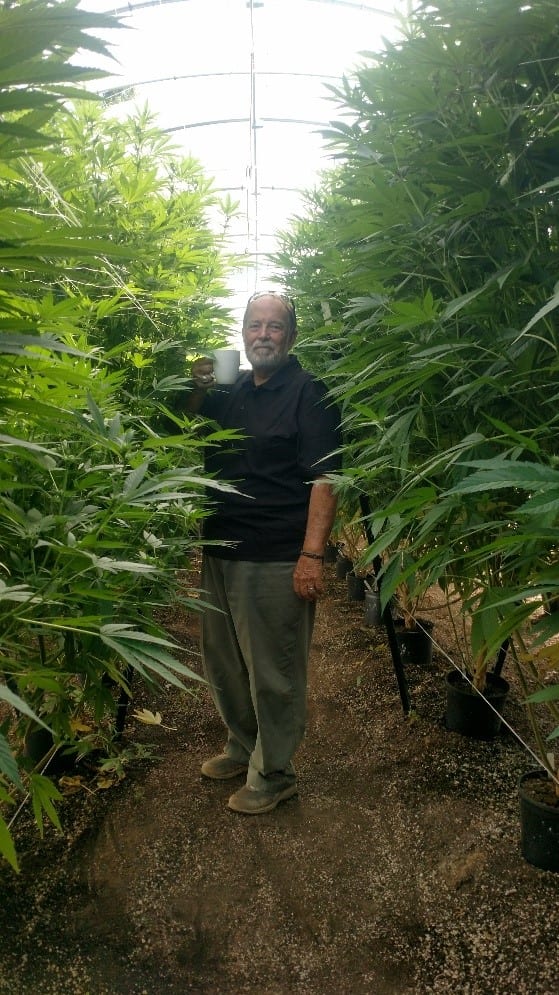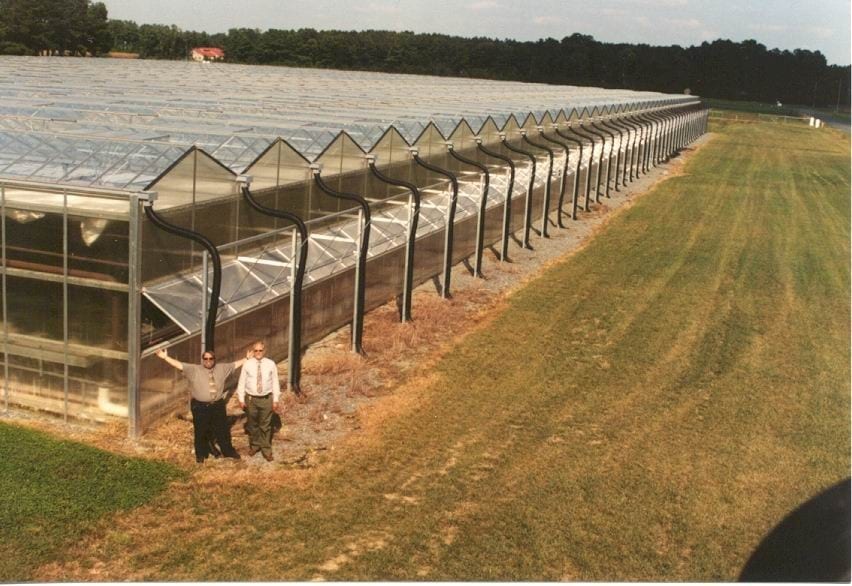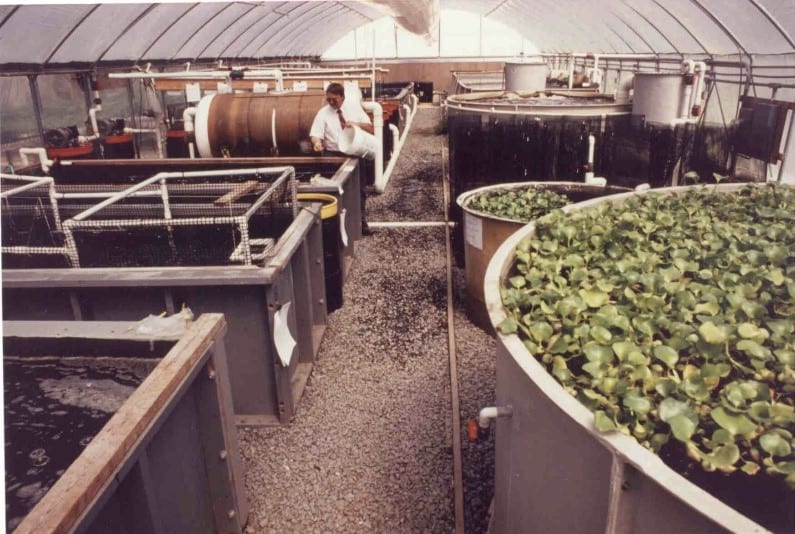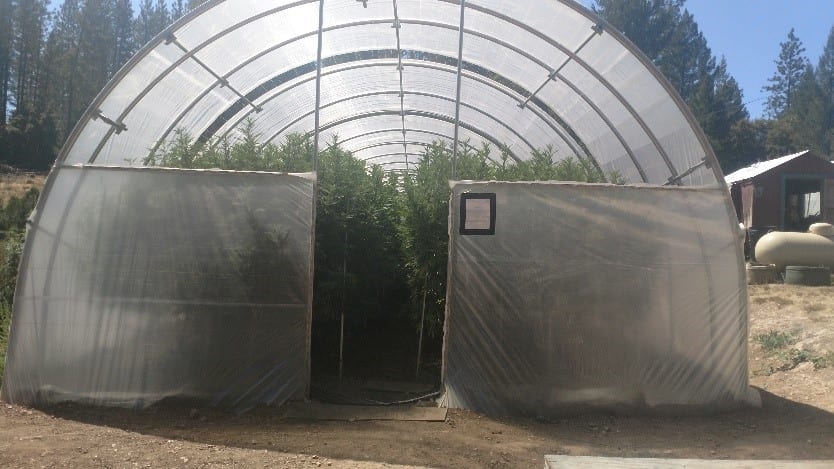Miticide Research
Dr. Thomas Handwerker
Chief Scientist for the MannaWell LLC team provides expertise and research support for the cannabis industry and conducted independent field trials in cooperation with Applied Science Labs. He has over 50 years of horticultural experience- building his first greenhouse at age 12. His professional focus has been the development of sustainable farming practices for small family farms and spans over 25 years as Director of the Small Farm Institute at the University of Maryland. He authored over $10 million in research grants.
Privately he developed and operated the first commercial NFT hydroponic lettuce operation in Texas in 1981, expanded into culinary herbs and medicinal plants, and has consulted in over 5 countries. As a professor, his Institute designed and promoted the establishment of a network of family farms with ½ acre greenhouse modules (with zero nutrient discharge) that produced over $60 million in annual sales. He negotiated contracts between the University and commercial horticultural companies- one that grew into the largest horticultural greenhouse operation in Maryland and with the largest international orchid propagator (tissue culture) in China. His background in organic chemistry and post-harvest physiology has been used in recirculating aquaculture systems, hatcheries, aquaponics, hydroponics, processing, and greenhouse manufacturing. All of this being the perfect background for now aiding the cannabis grower.

Today the MannaWell team has over 27 years of combined cultural expertise in indoor and outdoor cultivation of cannabis and focuses on the sustainable technologies that support media and nutrient management for continuous re-use of materials. They are instrumental in the development of application technologies that support the organic production of cannabis with an Integrated Pest Management Program to produce a medically acceptable product under existing regulatory constraints including California’s Title 16 that requires batch analysis and certification.
Miticide Green 502 Response
May I suggest that you reply as follows. Likewise, it is likely that you will be asked again. People are trying to find their way. Up until July 1st, 2018, 502 was a meaningful guidepost. As of July 1st, 2018, this is no longer so.
Perhaps this that follows as a product statement on "letterhead" under signature by the "Company."



